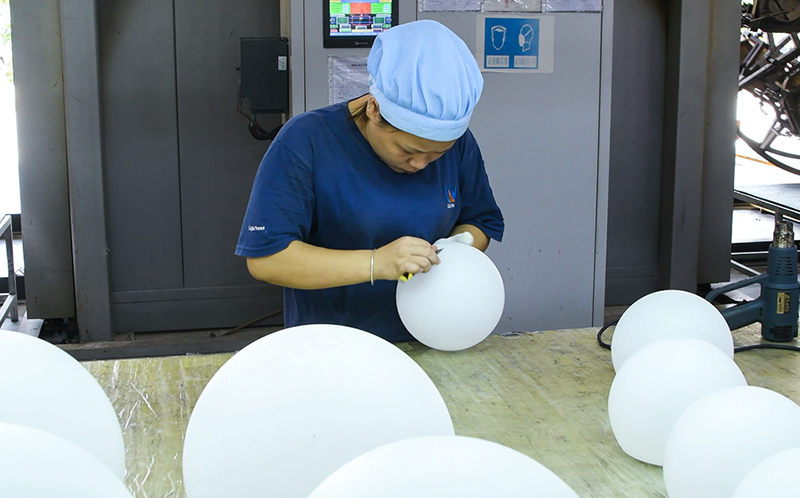What are the Factors Contributing to Deformation in the Rotational Molding Process
 Feb 25,2024
Feb 25,2024

What are the Factors Contributing to Deformation in the Rotational Molding Process
Rotational molding is a widely recognized plastic manufacturing technique for crafting large, hollow, and intricate components with uniform wall thickness. While the method boasts numerous benefits, it can sometimes result in product deformation, which negatively impacts both quality and functionality. This article delves into the key factors that contribute to deformation in rotational molding and offers strategies to reduce their effects.

1. Mold Design Flaws
The mold's design is pivotal to the rotational molding process, as it shapes the quality of the final product. A poorly designed mold may lead to deformation. Elements such as insufficient support structures, irregular wall thickness, or inadequate cooling channels can cause the mold to distort under the intense heat and pressure of rotomolding.
2. Inaccurate Heating and Cooling Control
The precision of heating and cooling cycles is crucial in rotational molding. Variability in oven temperatures, uneven cooling, or drastic temperature fluctuations can cause the plastic material to contract or warp irregularly, leading to deformation. Strict regulation of the heating and cooling parameters is essential to ensure consistent material properties and product quality.
3. Insufficient Material Thickness
Sufficient wall thickness is critical for the structural integrity of rotomolded products. Insufficient thickness can lead to vulnerabilities and deformation, especially in areas subjected to mechanical stress or pressure. Designers must meticulously plan the required wall thickness to ensure the product's durability and resistance to intended use and environmental conditions.
4. Material Selection
Material selection profoundly affects rotomolded product quality. Certain materials might be more susceptible to deformation due to their thermal expansion properties, elongation at break, or moisture absorption rates. Careful selection of a material with appropriate mechanical and thermal characteristics for the intended application is vital to mitigate the risk of deformation.
5. Improper Cooling Rate
The cooling rate during rotational molding influences the product's final shape and dimensions. Excessive rapid cooling can cause uneven shrinkage and internal stresses, leading to deformation. Proper control of the cooling rate through intelligent mold design, appropriate cooling medium temperatures, and rotation speed is essential for achieving the desired product quality.
6. Inadequate Rotation Speed and Pattern
The rotation speed and pattern during molding affect the distribution of plastic material within the mold. Inadequate rotation speed or an uneven rotation pattern can result in inconsistent material thickness and deformation. Optimizing rotation speed and pattern is crucial for ensuring uniform material distribution and minimizing the risk of deformation.
7. Molding Equipment Malfunction
Malfunctioning molding equipment, such as an oven with inconsistent heating zones or a rotomolder with irregular rotation, can lead to deformation. Regular maintenance and calibration of the molding equipment are vital to ensure proper functioning and maintain product quality.
To avoid deformation and deliver high-quality rotomolded products, Light Venus meticulously manages these factors and refines the rotational molding process.
 Tel: 0086-13632687993
Tel: 0086-13632687993  Email: roto@lightvenus.com
Email: roto@lightvenus.com

 Home
Home What are The Advantages of Rotomolding in Producing Lighting Products?
What are The Advantages of Rotomolding in Producing Lighting Products?  You May Also Like
You May Also Like



 Tel
Tel
 Email
Email
 Address
Address








